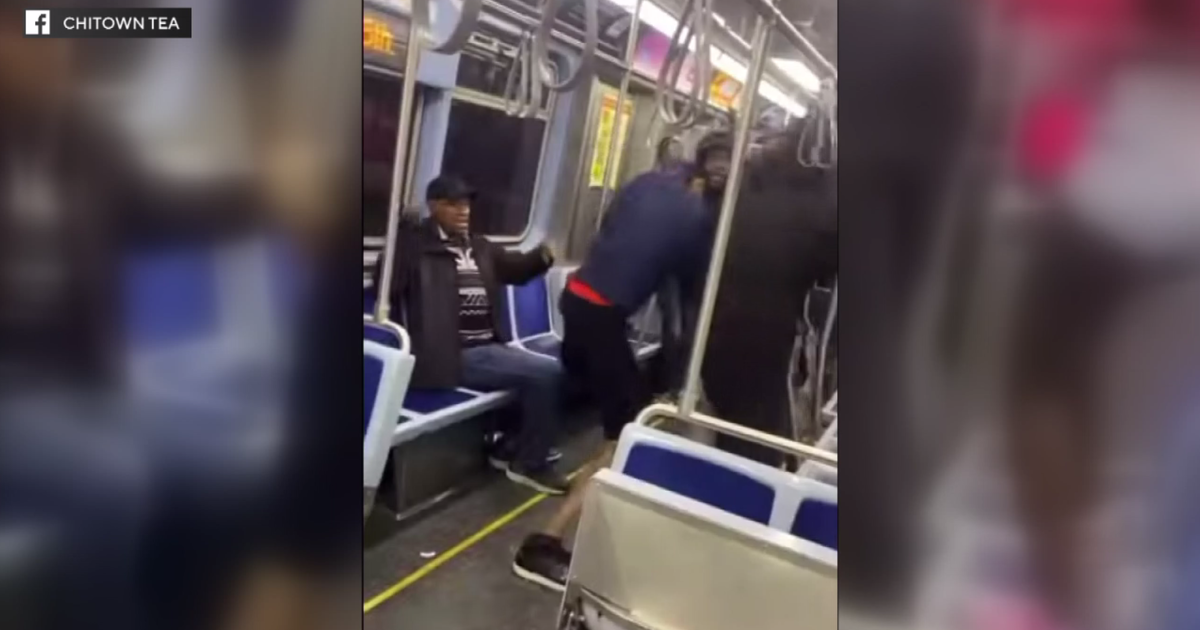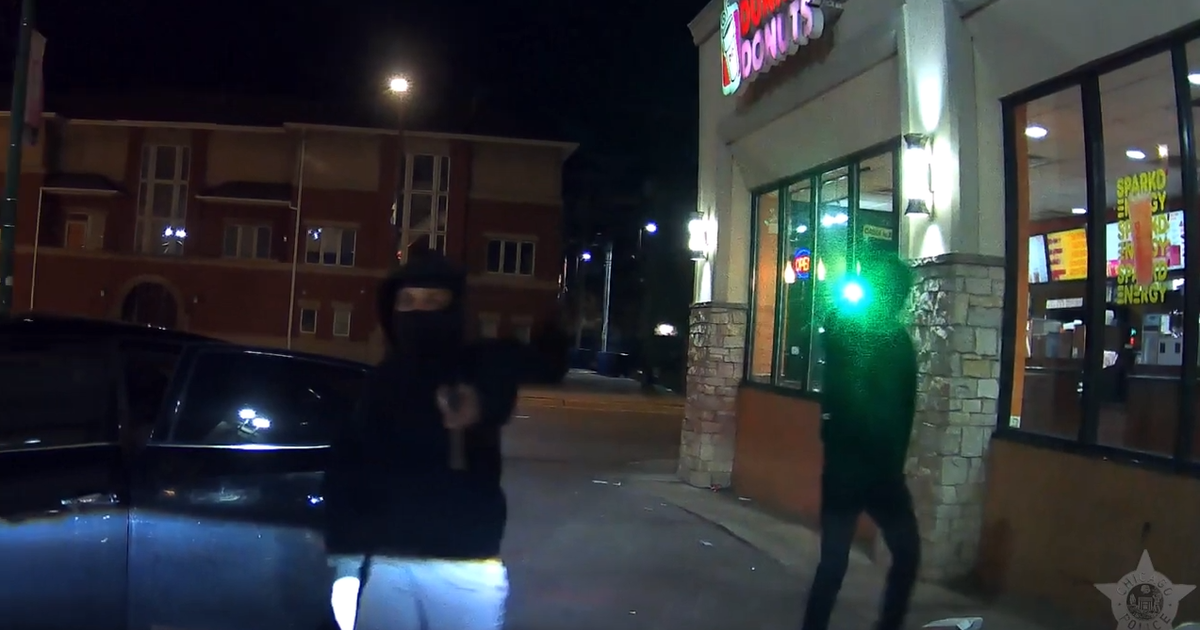Ashland To Get CTA's First 'Bus Rapid Transit' Route
CHICAGO (STMW) -- A 16-mile stretch of Ashland Avenue will be the city's first target for bus rapid transit, with a plan for high-speed buses from 95th Street to Irving Park Road announced Friday at a cost of about $10 million per mile.
Following a year-long study of bus rapid transit alternatives on Ashland and Western avenues, the CTA and city Dept. of Transportation chose the Ashland corridor, which has the highest ridership on the CTA's bus system and connects numerous CTA, Metra and train routes, a statement from the Mayor's office said.
The goal of the plan is faster and more reliable bus service, with plans to increase bus speeds more than 80 percent during peak rush periods.
The BRT route would feature a dedicated center bus lane in each direction, with buses stopping only once every half-mile, and at CTA stations, with buses receiving "traffic-signal priority at intersections," the statement said.
Bus stations would be upgraded; landscaped medians would be built between stops; and the routes would be enhanced with better lighting, wider sidewalks and more greenery. About 90 percent of street parking would be preserved on both sides of Ashland.
Preliminary estimates show that BRT will cost about $10 million per mile, with planning and design funded by federal grants.
The plan would save about 8 minutes per trip on the No. 9 Ashland bus' 2.5-mile route, and allow for pre-payment to speed boarding time. About 90 percent of street parking would be preserved on both sides of Ashland, along with about 95 percent of loading zones for delivery truck.
"Ashland Avenue has the highest CTA bus ridership with more than 30,000 riders per weekday," CTA President Forrest Claypool said in the statement. "By introducing BRT, we will be providing one in ten Chicagoans with access to faster and more reliable transit, allowing a rail-like experience at a lower cost."
"Our goal is to balance the needs of riders, drivers, residents and businesses in this corridor," CDOT Commissioner Gabe Klein said in the statement. "This configuration will allow us to provide the fastest bus trips and minimize disruption to traffic flow while retaining landscaped medians, as well as almost all parking and loading zones."
Analysis and design will continue through this year, with implementation phased-in, beginning with the area from Cortland Avenue to 31st Street. That area was selected because it provides connections to CTA and Metra lines, large employers including the Medical District, as well as UIC, Malcolm X College and the United Center.
"One in four households within walking distance of Ashland Avenue currently do not have a car," Metropolitan Planning Council Executive VP Peter Skosey said in the statement. "By implementing BRT, a community that is not served well by the rail system will have better access to jobs and connectivity to the overall transit system."
The plan would also bring economic development advantages, such as faster trips to business districts, increased foot traffic, and increased sales for businesses along routes, the statement said. It cited a program in the Bronx, N.Y., that brought a 71 percent increase in retail sales to the area.
Concept engineering and environmental design are the next steps in the plan, including a block-by-block basis and a series of public hearings, and the study of the Western Avenue corridor for a future BRT route will continue.
(Source: Sun-Times Media Wire © Chicago Sun-Times 2013. All Rights Reserved. This material may not be published, broadcast, rewritten, or redistributed.)



